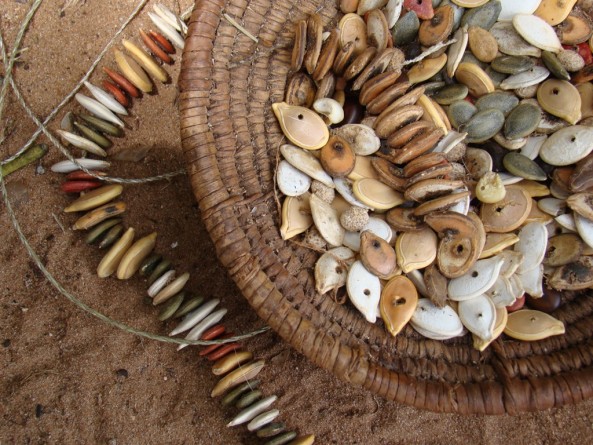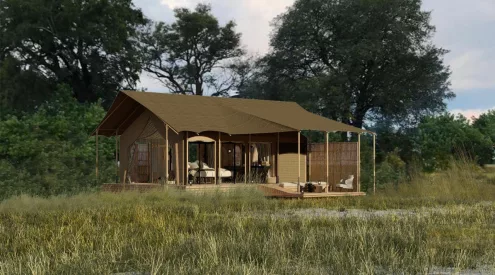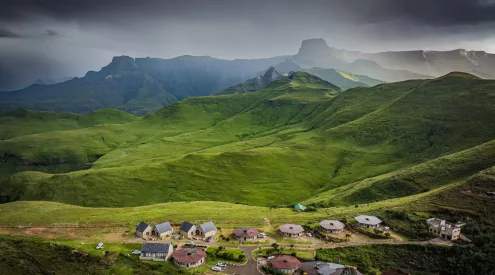I recently spoke to around 100 creative students about sustainability at one of Cape Town’s top advertising schools. I watched as their spongy minds devoured my words and concern around effectively communicating the importance of sustainable travel. They too were concerned. But what struck me most is how they seemed to grasp only one element of sustainability.
Despite me barely mentioning it, all their creative ooze was purely environmental. While renewable energy is vital and being environmentally-conscious is a big part of being sustainable, it’s not the only thing to consider. Most people tend to focus on the sexy side of travel – wildlife, nature, historic buildings, ancient ruins and eco-friendly lodging. The conservation of a country’s economy and its peoples’ livelihoods, culture and heritage are sadly all too often forgotten.
Sustainable travel is about supporting people and infrastructure long after you’ve departed. It’s about environmental, economic and socio-cultural sustainability and tourism needs to be sustainable in these three areas to be considered “sustainable tourism”.
That means that while you may support that solar-powered, bamboo-walled, low-carbon emission eco-lodge and re-use your towels while you’re there, it still needs to benefit the people around it. It should support small businesses by sourcing fresh vegetables and meat from nearby farmers, or furniture and artwork from local artisans and entrepreneurs. Economic sustainability is about building linkages, keeping the money local and revitalising the economy. (Read: 5 ways to meet locals while travelling.)

Local fisherman in Southern Barotse, Zambia
Photo: Charl Pauw
When an area starts to see an influx of tourists there can be many negative impacts. Locals may see overcrowding in towns, the introduction of migrant workers and an increase in crime. Socio-cultural sustainability is about including the local communities in a tourist venture by employing local staff and minimizing the negative impacts of increased tourist traffic. It’s also about preserving the local traditions, which offers travellers a more authentic experience.

Traditional beadwork along the Kwando River, Namibia
Photo: Charl Pauw
While taking a bicycle tour is eco-friendly, taking a bicycle tour through a township is even better. Stop for some shisa nyama at a local eatery and buy a beautiful painting from a resident artist and you’re a sustainable traveller! You don’t necessarily have to incorporate all three elements into every trip you take. Leaving your bicycle at home, packing up the car and heading off the beaten track to support rural businesses also makes you a sustainable traveller.
Buy from local businesses, embrace the local culture and leave the place as if you were never there. To paraphrase Getaway web editor Tyson Jopson, “Travel is about releasing your prejudices and giving yourself over to a place and its people.”
Consider what it means to be sustainable traveller and it may just change the way you travel.
For ideas on where to travel, take a look at Open Africa’s self-drive travel routes that promote sustainable travel round Southern Africa.


















